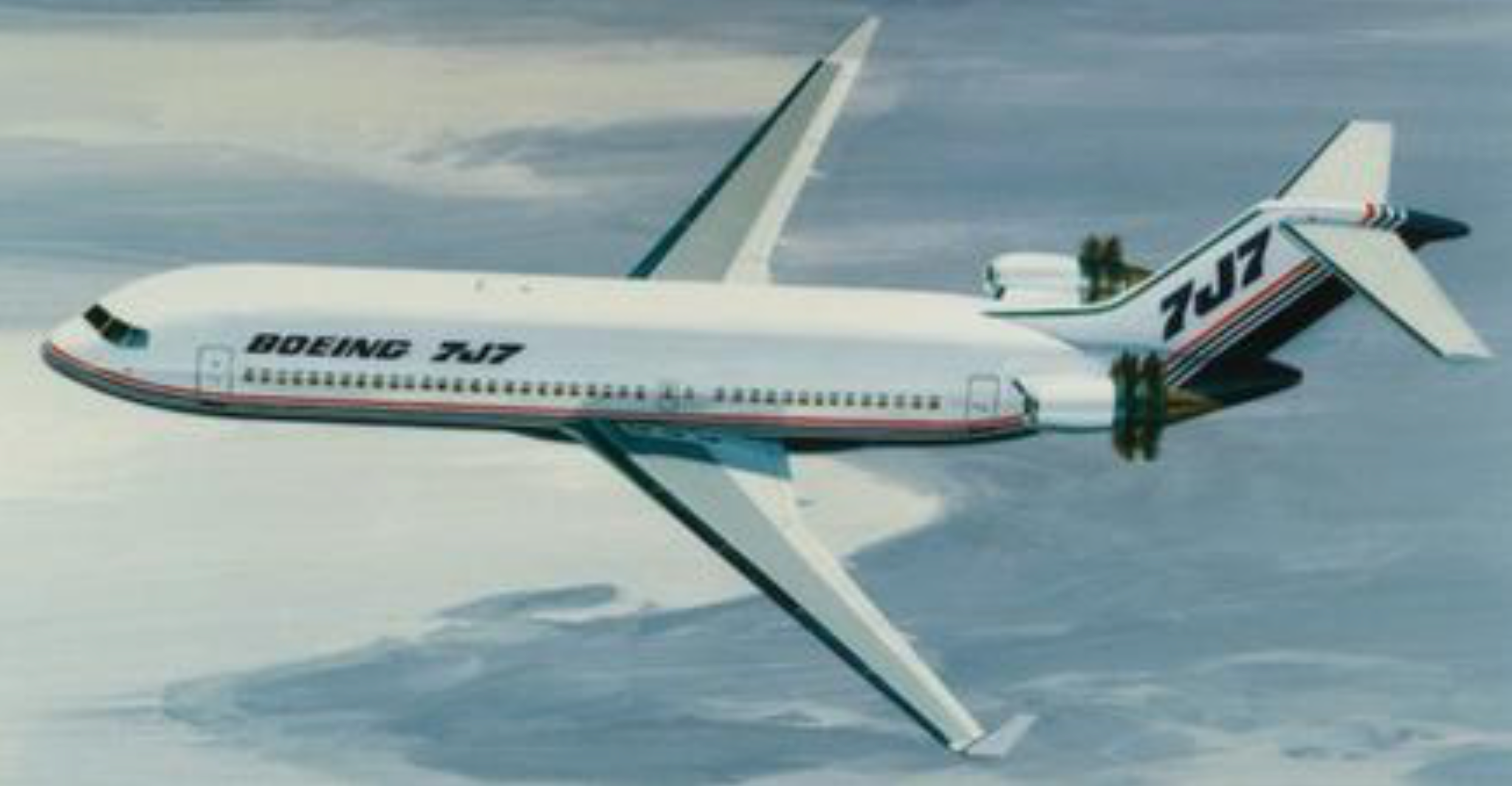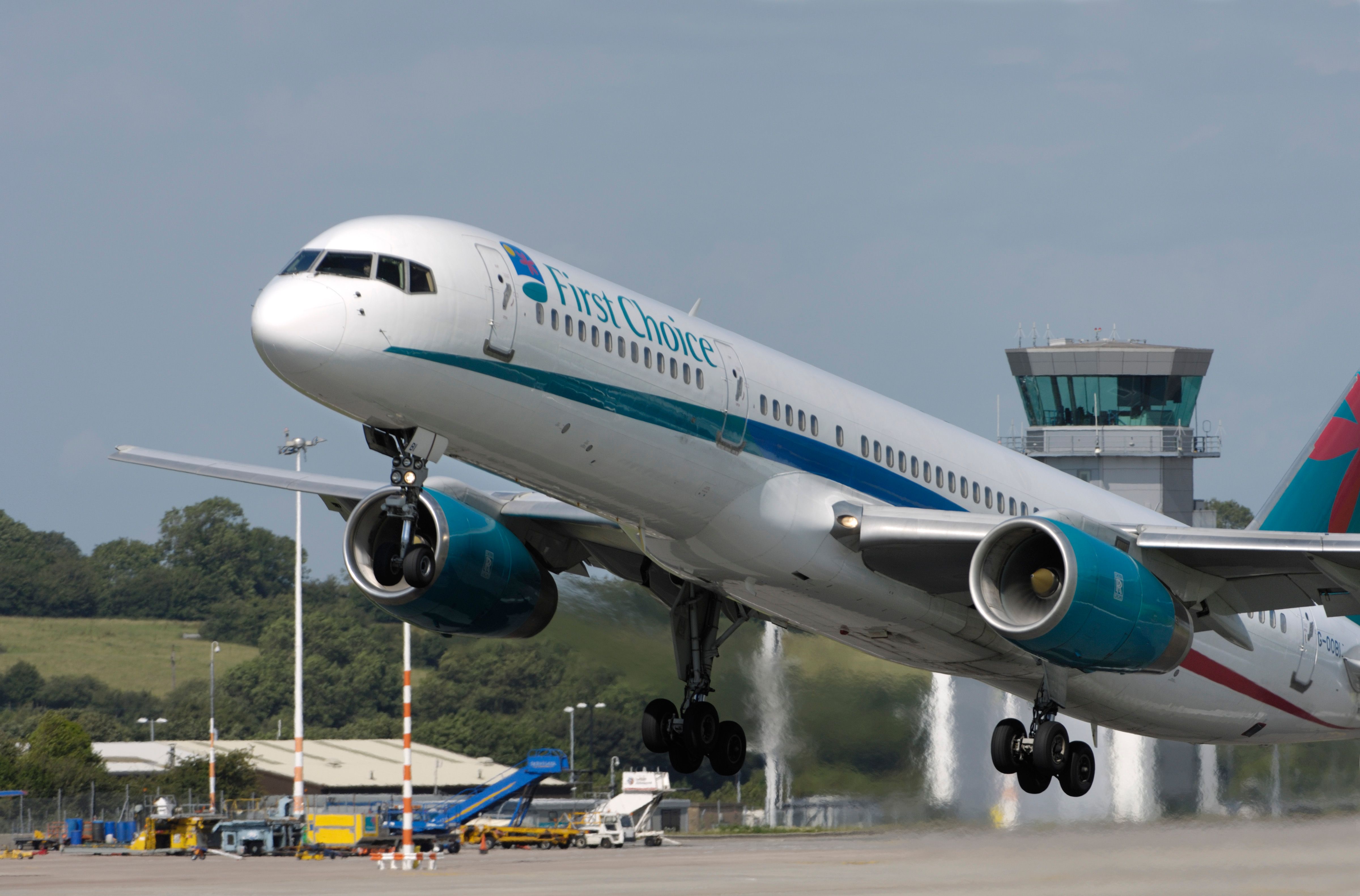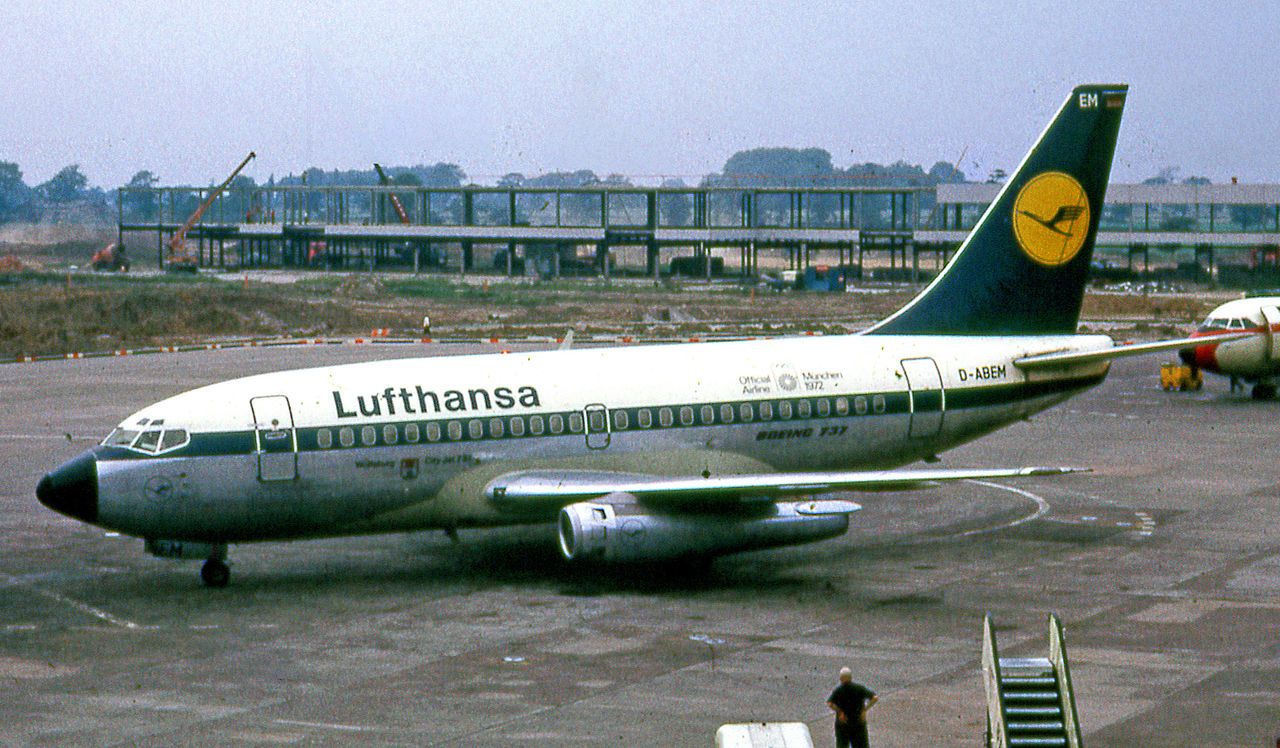Why Boeing Never Built Its Propfan-Powered 7J7 Plane
Boeing
- Stock code
- BA
- Type of company
- Planner
- Founding date
- 1916-07-15
- CEO
- Dave Calhoun
- Head office location
- Chicago, United States
- Key product lines
- Boeing 737, Boeing 747, Boeing 757, Boeing 767, Boeing 777, Boeing 787
Although Boeing had many successful airline models, there were also many that did not work. The propfan-powered Boeing 7J7 was one such aircraft. Boeing proposed the idea for this aircraft in the 1980s, claiming it could carry up to 150 passengers.
This plane was to succeed the Boeing 727 and it was hoped that it would fly in 1992.
The objective of this project was to design a fuel-efficient aircraft using new aeronautical technology. However, the idea never made it past the drawing board.
The idea of the 7J7
The Boeing 7J7 was the manufacturer’s attempt to replace the Boeing 727. Initially, the 757 was meant to fill this role, but sales were slow at the time. As airline deregulation began to take hold, it became apparent that not all airlines wanted a larger replacement aircraft. They would rather prefer something smaller, more efficient, and one that could be used to add frequencies on short runs.
The 757 was selling slowly, and Boeing could see a gap in its lineup. Photo: Getty Images
Boeing had a gap in its lineup. The 737-100 had a capacity of about 118 passengers, while the 757 could carry more than 200. Boeing knew that if it could close that gap, sales would skyrocket. As such, the aircraft manufacturer revealed the aircraft in 1985 at the Paris Air Show.
Initially, there was a lot of interest in the project, especially in the United States, Europe, and Japan. Notably, the aircraft’s name even got a nod in Japan, having originally been called the 7-7, but changing to the 7J7 to reflect Japanese confidence in the project. Boeing began taking orders for the model in 1988 and intended to begin delivering the 7J7 in 1992.
Stay informed: Sign up for our daily and weekly summaries of aviation news.
The 7J7 design
The concept of being for the plane that would never fly with commercial airlines came in two flavors. The 7J7-100 would accommodate 150 passengers, while the smaller 7J7-110 would accommodate between 100 and 150. It would be equipped with the latest technologies, such as a glass cockpit, an electric flight control system, an integrated avionics suite. , and two rear-mounted UDF propfan engines.
This design was designed to save on fuel burn and was supposed to be more efficient than any other passenger aircraft flying at the time. Boeing said the propfan technology would have saved most of the fuel, but other aerodynamic elements would also help.
Boeing also planned to use aluminum-lithium composites in the aircraft, which would help reduce weight. The wings would be aluminium-lithium, but this material was also more expensive than the aluminum alloys most aircraft had. In addition to this, Boeing wanted to use carbon fiber to design other parts of the aircraft structure.
Why Boeing Never Built the 7J7
So why did Boeing never deliver on its promise for the 7J7? The first signs of trouble appeared when there were confusing messages about the plane’s engine selection. It became apparent that he planned to offer the smaller planes with turbofans, but the larger ones with ducted engines. Eventually, Boeing canceled plans for the smaller variant, planning instead to expand its 737 lineup. But this back and forth with the plane’s specifications made investors wary.
Despite this, Boeing attracted the interest of two major airlines – British Airways and SAS. But before agreements could be signed and sealed, the announcement was made that certification of the aircraft would be later than expected. Now, it would be 1993 before the plane was approved, with Boeing citing indecision over what size plane to initially produce. BA and SAS wanted a smaller aircraft, with around 140 seats, while American Airlines had expressed interest in an order for a 170-seat version.
The problem was that, at 170 seats, the selected engines would not be able to power a stretch of that size. Enthusiasm for the project began to wane, as Boeing directed American Airlines towards its 757 and began work on larger versions of the 737. Rumor has it that the project was killed from the inside, as the Boeing executives thought the future lay in producing more variants of the 737. It turns out they were right.
BUT the 7J7 was an interesting lesson learned for Boeing. He did not consult the airlines properly during the planning stages, which he rectified in future aircraft projects. Much of the research and development went into the American aircraft manufacturer’s future airliners. And the friends he had made in Japan ultimately had a strong influence on the development of the 787.
Would you have flown on the Boeing 7J7? Do you like the 7J7 or the 757? Let us know in the comments!
Read more




Comments are closed.